Space
Sign up for our newsletter
We summarize the week's scientific breakthroughs every Thursday.
-
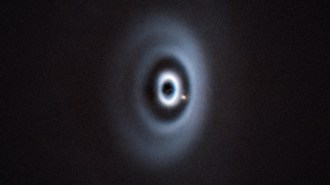 Astronomy
AstronomyA newborn planet munches on gas and dust surrounding its host star
In a first, astronomers imaged a baby planet within a gap in the disk of material around a star, confirming predictions about how rings form.
- Planetary Science
NASA’s Webb telescope spotted a new moon orbiting Uranus
Like Uranus's other 28 moons, the newfound object spotted by JWST will be named after a William Shakespeare or Alexander Pope character.
-
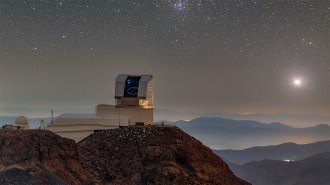 Space
SpaceThe Vera Rubin Observatory is ready to revolutionize astronomy
Sporting the world’s largest digital camera, the new telescope is poised to help solve some of the universe’s biggest mysteries.
- Astronomy
A dying star revealed its heart
Before exploding, a star shed most of its layers, giving a glimpse at a massive star’s deep interior. The event may represent a new kind of supernova.
-
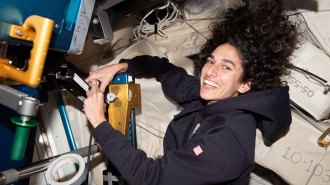 Space
SpaceAstronauts need oxygen. Magnets could help
Adding a magnet could simplify the process of producing oxygen in space, making a crewed mission to Mars more feasible.
-
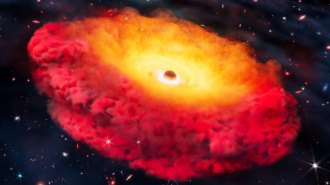 Astronomy
AstronomyThe oldest known black hole formed more than 13.3 billion years ago
The Webb telescope found that a far-off little red dot is the oldest known black hole, shrouded by gas that could help explain the ruby color.
-
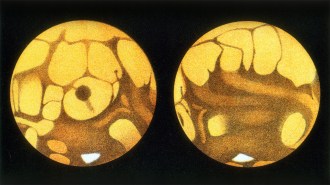 Planetary Science
Planetary ScienceHow alien ‘canals’ sparked debate over life on Mars
In The Martians, journalist David Baron recounts scientific and public debate over purported intelligent life on the Red Planet.
-
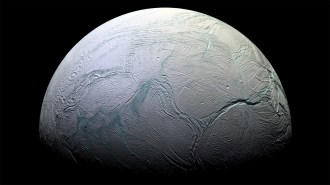 Planetary Science
Planetary ScienceCosmic rays could, in theory, sustain life on other worlds
The hypothesis could extend the search for extraterrestrial life to include frigid planets with thin atmospheres and underground water.
-
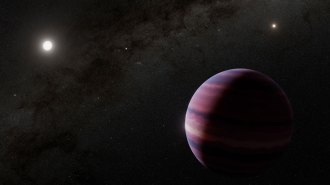 Planetary Science
Planetary ScienceA giant planet may orbit our closest sunlike neighbor
Alpha Centauri A, four light-years from Earth, may host a gas giant. If confirmed, no Earthlike planets orbit in the star’s habitable zone.
- Astronomy
Seven superclouds sit just beyond the solar system
The superclouds probably produce star-forming clouds of gas, since most nearby stellar nurseries are located within the giants.
-
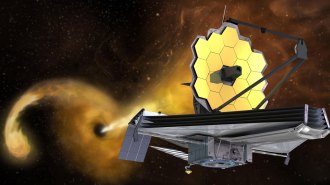 Astronomy
AstronomyThe Webb space telescope spies its first black holes snacking on stars
These star-shredding black holes sit within dusty galaxies that block many telescopes’ views. That’s not an issue for JWST.
-
 Quantum Physics
Quantum PhysicsA quantum computer goes to space
Quantum computers in space could be useful for communications networks or for testing fundamental physics.